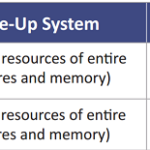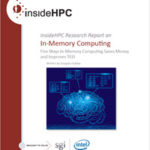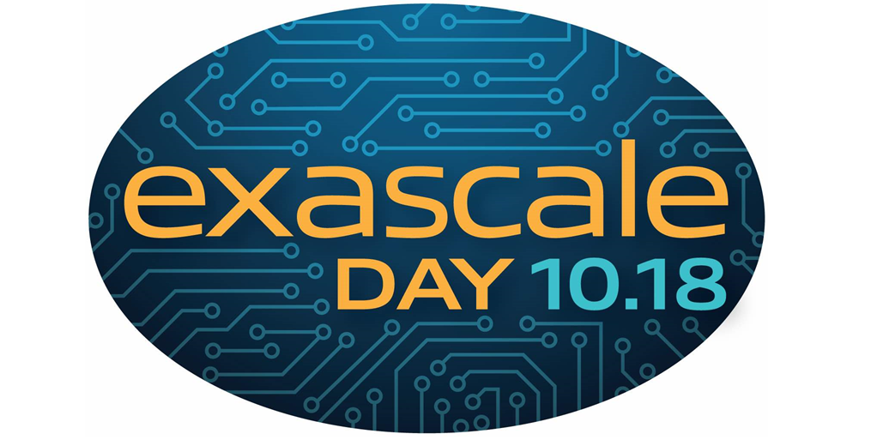The move away from the traditional single processor/memory design has fostered new programming paradigms that address multiple processors (cores). Existing single core applications need to be modified to use extra processors (and accelerators). Unfortunately there is no single portable and efficient programming solution that addresses both scale-up and scale-out systems.
Scaling Software for In-Memory Computing
“The move away from the traditional single processor/memory design has fostered new programming paradigms that address multiple processors (cores). Existing single core applications need to be modified to use extra processors (and accelerators). Unfortunately there is no single portable and efficient programming solution that addresses both scale-up and scale-out systems.”
Scaling Hardware for In-Memory Computing
The two methods of scaling processors are based on the method used to scale the memory architecture and are called scaling-out or scale-up. Beyond the basic processor/memory architecture, accelerators and parallel file systems are also used to provide scalable performance. “High performance scale-up designs for scaling hardware require that programs have concurrent sections that can be distributed over multiple processors. Unlike the distributed memory systems described below, there is no need to copy data from system to system because all the memory is globally usable by all processors.”
insideHPC Research Report on In-Memory Computing
To achieve high performance, modern computer systems rely on two basic methodologies to scale resources. A scale-up design that allows multiple cores to share a large global pool of memory and a scale-out design design that distributes data sets across the memory on separate host systems in a computing cluster. To learn more about In-Memory computing download this guide from IHPC and SGI.





